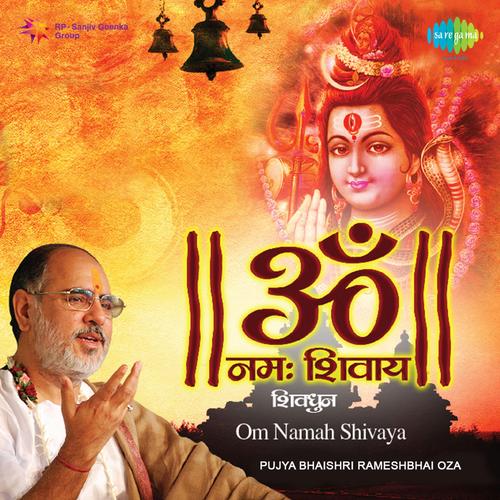Om Shivaya Namaha: A Deep Dive into Its Meaning and Significance
Have you ever come across the phrase “Om Shivaya Namaha” and wondered what it means? This powerful mantra, often chanted by devotees of Lord Shiva, holds profound spiritual significance. In this article, we will explore the meaning of “Om Shivaya Namaha” from various dimensions, including its origins, spiritual implications, and practical applications.
Origins of Om Shivaya Namaha
The phrase “Om Shivaya Namaha” is a combination of three words: “Om,” “Shivaya,” and “Namaha.” “Om” is a sacred sound that represents the ultimate reality and is considered the foundation of all mantras. “Shivaya” refers to Lord Shiva, the Supreme God in Hinduism, known for his power, wisdom, and compassion. “Namaha” is a respectful form of address, meaning “I bow to” or “I honor.” Together, these words form a mantra that conveys deep reverence and devotion to Lord Shiva.

Historically, the origins of “Om Shivaya Namaha” can be traced back to ancient Indian texts, including the Vedas and the Puranas. These sacred texts describe Lord Shiva as the ultimate source of creation, preservation, and destruction, and emphasize his importance in the Hindu pantheon. The mantra itself is believed to have been chanted by devotees for centuries, as a way to connect with the divine and seek his blessings.
Spiritual Implications of Om Shivaya Namaha
On a spiritual level, “Om Shivaya Namaha” holds immense significance. Here are some of the key implications:
-
Devotion to Lord Shiva: The mantra is a form of devotion to Lord Shiva, who is considered the Supreme God in Hinduism. By chanting this mantra, devotees express their love, respect, and gratitude for the Lord.
-
Seeking Blessings: Chanting “Om Shivaya Namaha” is believed to bring divine blessings and protection to the devotee. It is often chanted during times of difficulty or when seeking guidance and support.

-
Inner Transformation: The mantra is also believed to have a transformative effect on the mind and soul. It helps in calming the mind, reducing stress, and fostering a sense of peace and well-being.
-
Connection with the Divine: By chanting “Om Shivaya Namaha,” devotees strive to establish a deeper connection with the divine presence of Lord Shiva. This connection is considered essential for spiritual growth and enlightenment.
Practical Applications of Om Shivaya Namaha
Chanting “Om Shivaya Namaha” can be incorporated into various aspects of daily life. Here are some practical applications:
-
Morning Rituals: Many devotees start their day by chanting “Om Shivaya Namaha” as a way to invoke the divine presence and seek blessings for the day ahead.
-
Prayer and Meditation: The mantra is often chanted during prayer and meditation sessions, as a means to focus the mind and connect with the divine.
-
Times of Difficulty: Chanting “Om Shivaya Namaha” during challenging times can provide comfort, strength, and a sense of peace.
-
Healing and Wellness: Some people believe that chanting this mantra can have healing properties, both physically and mentally.
How to Chant Om Shivaya Namaha
Chanting “Om Shivaya Namaha” is relatively simple. Here are some guidelines to help you get started:
-
Find a Quiet Space: Choose a quiet and comfortable place to sit or stand while chanting.
-
Posture: Sit or stand with your back straight and your eyes closed. Take a few deep breaths to center yourself.
-
Chant the Mantra: Begin by chanting “Om” aloud, followed by “Shivaya Namaha.” You can repeat this phrase for as long as you like, focusing on the sound and meaning of each word.
-
Focus on the Breath: As you chant, try to synchronize your breath with the mantra. Inhale deeply as you chant “Om,” and exhale slowly as you say “Shivaya Namaha.”


